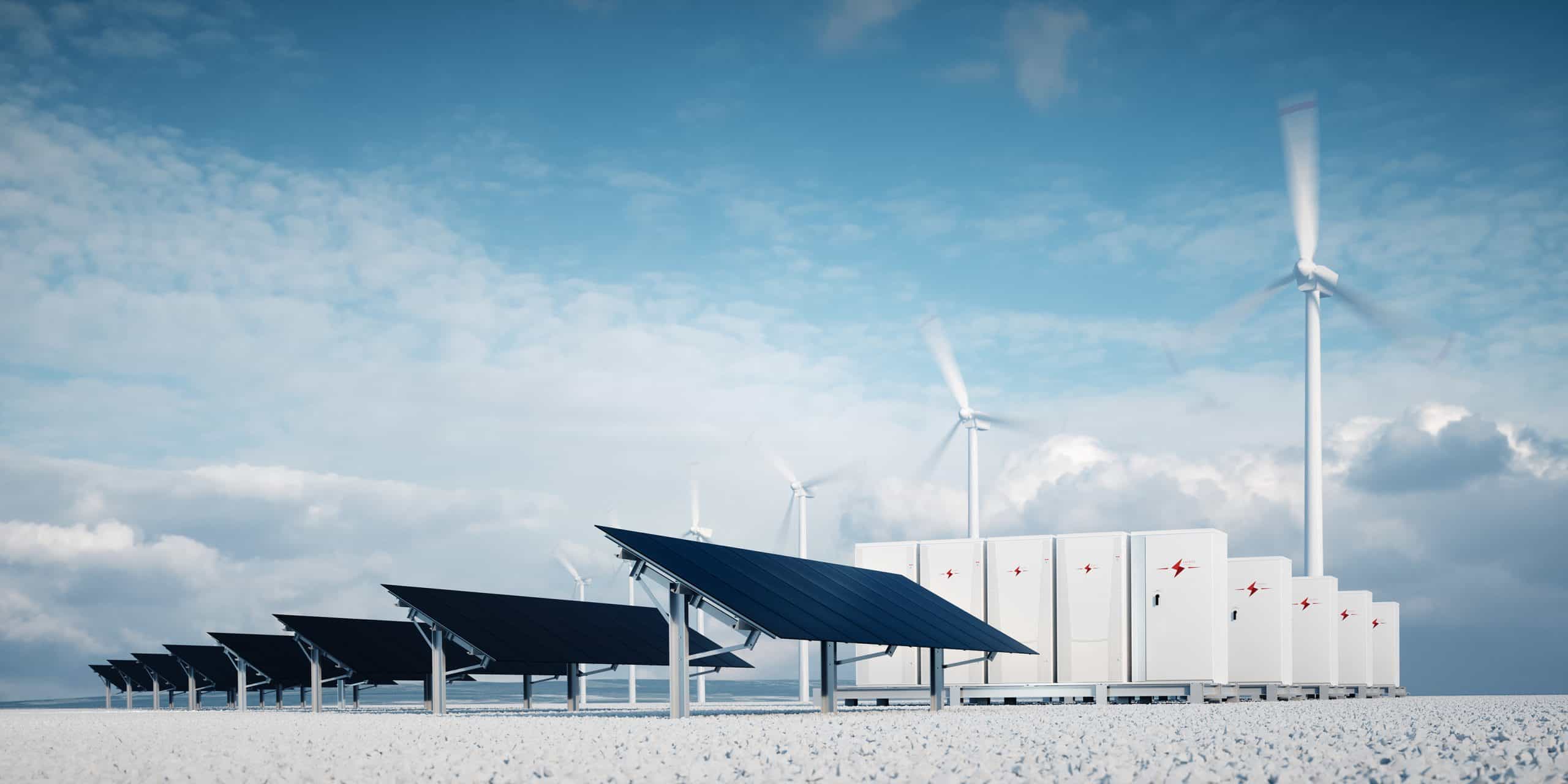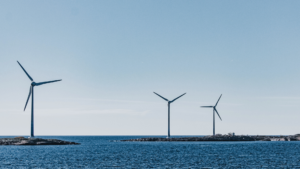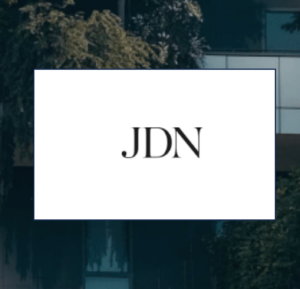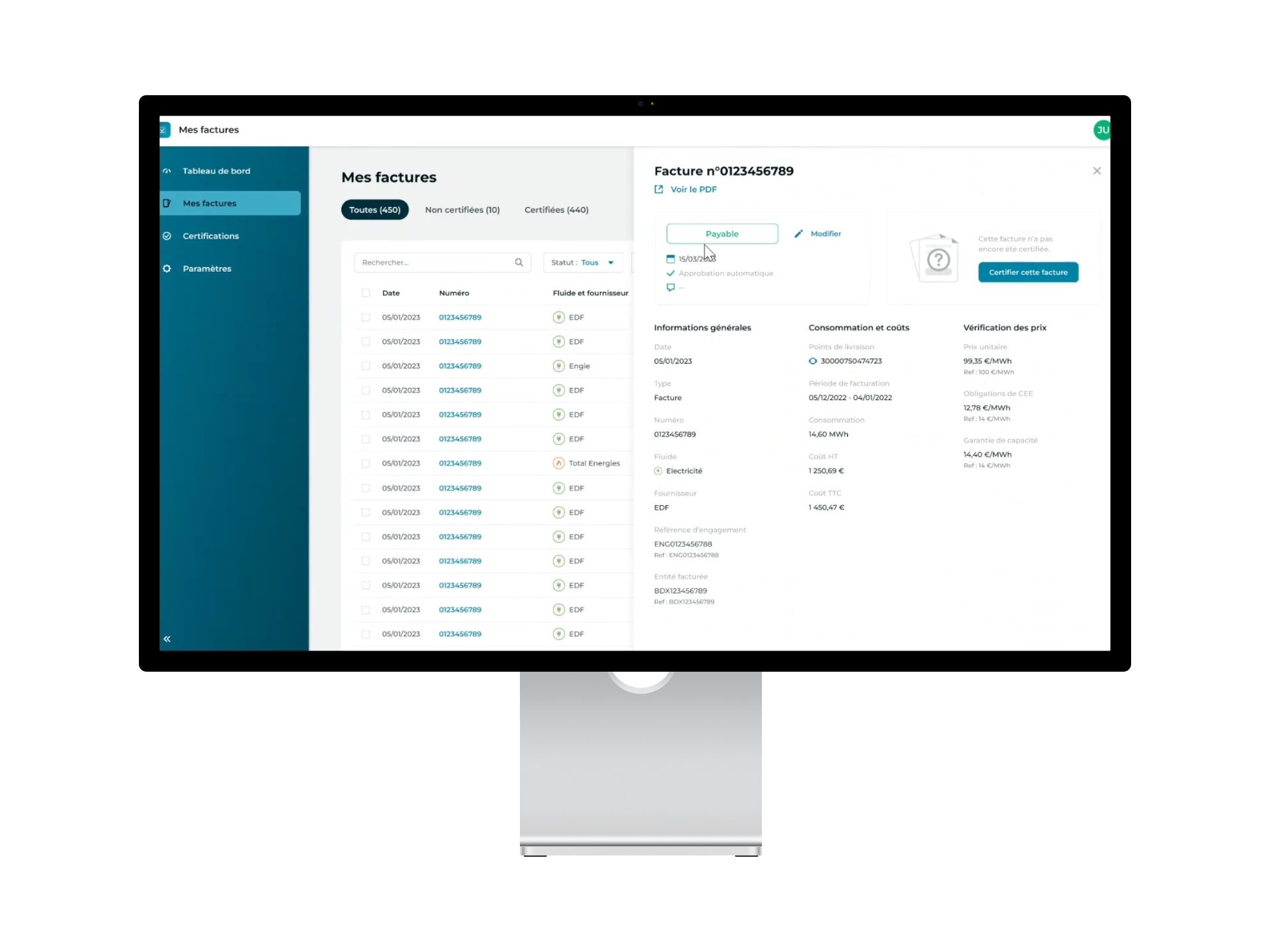As part of the environmental and energy transition, the public authorities have identified two main levers:
- improving energy efficiency
- the increasing integration of renewable energies in the energy mix
In France, the tertiary decree and the national low-carbon strategy require professionals to reduce the energy footprint of buildings.
To meet these regulatory obligations, reduce their energy consumption and take the renewable energy turn, many companies are turning to solar installations.
The installation of solar self-consumption structures is not only a way to meet or exceed regulatory targets but it also addresses profitability concerns for property owners and managers.
How can we reconcile renewable energies and profitability? Discover our 9 tips to make the installation of photovoltaic panels in on your properties profitable.
Know the needs of your building stock to choose the right solar panel solution
In 2020, installations of solar self-consumption structures have grown by 30% in France. This growth is driven by industrial (+56%) and commercial (+23%) installations.
Companies want to take advantage not only of government incentives for energy transition but also of the profitability of solar installations. Indeed, the return on investment of a solar installation is between 3 and 7 years. It is one of the most promising on the market.
But how do you know what type of solar panels you should invest in? Is it relevant for you to opt for « high efficiency » solar panels, more efficient but also more expensive?
To optimize the ROI of your solar installations, it is important to evaluate your needs beforehand. By using a powerful energy data collection and analysis solution, you can make predictive estimates of your production and energy savings with different types of solar panels.
Know the required power of your solar installations
If you want to equip your entire building stock with solar installations, your needs will differ from one site to another. According to to their characteristics and uses, buildings will require more or less electrical power.
However, the electrical power generated does not only depend on the choice of panels. It is common to find panels with a power between 250 and 400 Wp (peak watts).
But the real power is also conditioned by several factors of influence:
- the surface of your installation
- the level of sunshine
- the orientation and the inclination
- the absence of shading
Before investing in a solar power installation, it is advisable to take into account all of these criteria. If you know the total photovoltaic power to be installed, you will be able to choose the panels that offer the necessary yield, taking into account your available surface and other factors.
Choose the location and orientation of your photovoltaic panels
The tilt and orientation of your solar panels will affect the performance of your system. A southern exposure offers an optimal yield, as well as a 30° inclination. But, of course, depending on the buildings you want to equip, it is not always possible to meet these ideal conditions.
To make your solar panel installation profitable, you need to find the formula that offers you the best potential.
To do this, you can rely on a solution that models your existing installations to analyze the solar yield potential of your buildings, on roofs or in shades. By analyzing the data, you can even determine the capacity of a building stock that does not yet have a solar installation.
Determine connection and construction costs
The cost of connecting your solar panel installation to the electrical grid varies depending on the location and power of your project. On average, it is around 10% of the total investment. When it exceeds 25%, projects are usually abandoned.
This cost includes:
-
the connection between your electrical installation and the public electricity distribution network
the extension of the network, if the connection study identifies a need for additional work
Then, 3 factors affect the cost of connection:
- the technical solution proposed by the network operator for the extension works
- the unit cost of the work
- the billing scope: the producer’s contribution and that of the operator vary according to the power requested
Estimating energy production
The profitability of your solar installation depends on the amount of energy you are able to produce. The challenge, as you have understood, is to find the balance between the amount invested and the energy production generated.
The power of the panels is only one element. Estimated in kWp, it corresponds to the maximum production power guaranteed by your panels. But this maximum output is only possible under optimal conditions of sunshine, temperature, orientation, and absence of shading.
To estimate your energy production, you must take into account the real yield of your panels. Your simulation must then take into account the combination of these parameters.
Moreover, estimating your energy production will also help you to make budgetary trade-offs by considering two options: self-consumption only or resale of the surplus.
Study the profitability between self-consumption and resale
According to a study conducted by EDF, 83% of business leaders are interested in self-consumption. Indeed, producing their own energy offers several advantages:
- being autonomous
- no longer be subject to electricity rate increases
- show its commitments in terms of CSR to its customers and investors
These advantages must be set against two key parameters:
- the profitability of the project
- the payback period
The financial profitability is all the more significant if the investment concerns the entirety of a building stock. It is therefore worthwhile to estimate the percentage of reduction expected on the overall electricity bill in self-consumption. Otherwise, the possibility of reselling the surplus to an electricity supplier is another profitability lever.
Calculate maintenance and upkeep costs
Photovoltaic panels that comply with French and European standards have an average lifespan of 25 to 30 years. However, their performance decreases over time. Similarly, inverters, which are used to transform direct current into alternating current, have a lifespan of between 8 and 12 years.
In your profitability calculation, you must therefore foresee the maintenance and the possible replacement of certain elements of your installation.
From this point of view, the use of an energy data collection and analysis solution allows you to measure the level of wear and tear of your equipment. This will allow you to plan the necessary maintenance work to maintain optimal performance.
Know the available subsidies for companies
As part of the energy transition, the State grants aid to businesses that invest in the installation of photovoltaic panels:
- The self-consumption bonus is available to professionals who opt for self-consumption with sale of the surplus. To benefit from it, your solar installation must have a power between 3 kWp and 100 kWp. The payment of the premium is made in 5 consecutive years.
- The state-guaranteed buyback of your surplus via EDF Obligation d’Achat (EDF OA)
- A VAT credit of 20% on the total amount of your installation (material and labor)
- A reduction of half of the IFER (Imposition Forfaitaire des Entreprises de Réseaux) if the power of your installation exceeds 100 kWC
- Regional aid or subsidies for professionals, depending on the location of your installation
Connect your installation to an intelligent energy efficiency system
The installation of photovoltaic panels on real estate offers growth opportunities to professionals in the sector. To maximize the profitability of your installation, real-time monitoring of your energy data is a key success factor.
By connecting your installation to an intelligent energy efficiency system, you will benefit from analyses and alerts that are automatically enriched. You will be able to track several energy performance indicators such as:
- The performance and self-consumption ratios of your solar installations
- The estimation or calculation of energy and financial savings that can be achieved or realized
- Your greenhouse gas reduction trajectory.
All this data is also cross-referenced with influencing factors related to the performance of the solar installations, such as temperature or sunshine level.
Finally, you can also configure alerts in case of underperformance or in relation to the level of wear and tear of one of your equipment.
The integration of solar energy in the energy mix of your real estate portfolio often responds to an ecological conviction, to CSR considerations. But, beyond the image of the company, the installation of solar panels is a real lever of profitability.
To optimize the profitability of your installations, it is necessary to have a clear and global vision of your project. You must be able to accurately estimate the yield of your photovoltaic panels and your energy production by taking into account the multiple influencing factors.
Before the installation and once the project is underway, the data analysis helps you to make the right trade-offs to ensure maximum profitability. The use of an automated data collection and analysis solution safeguards your energy decisions.

